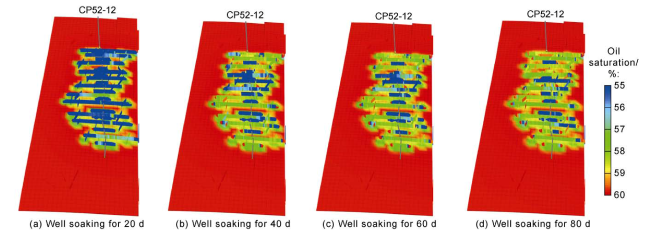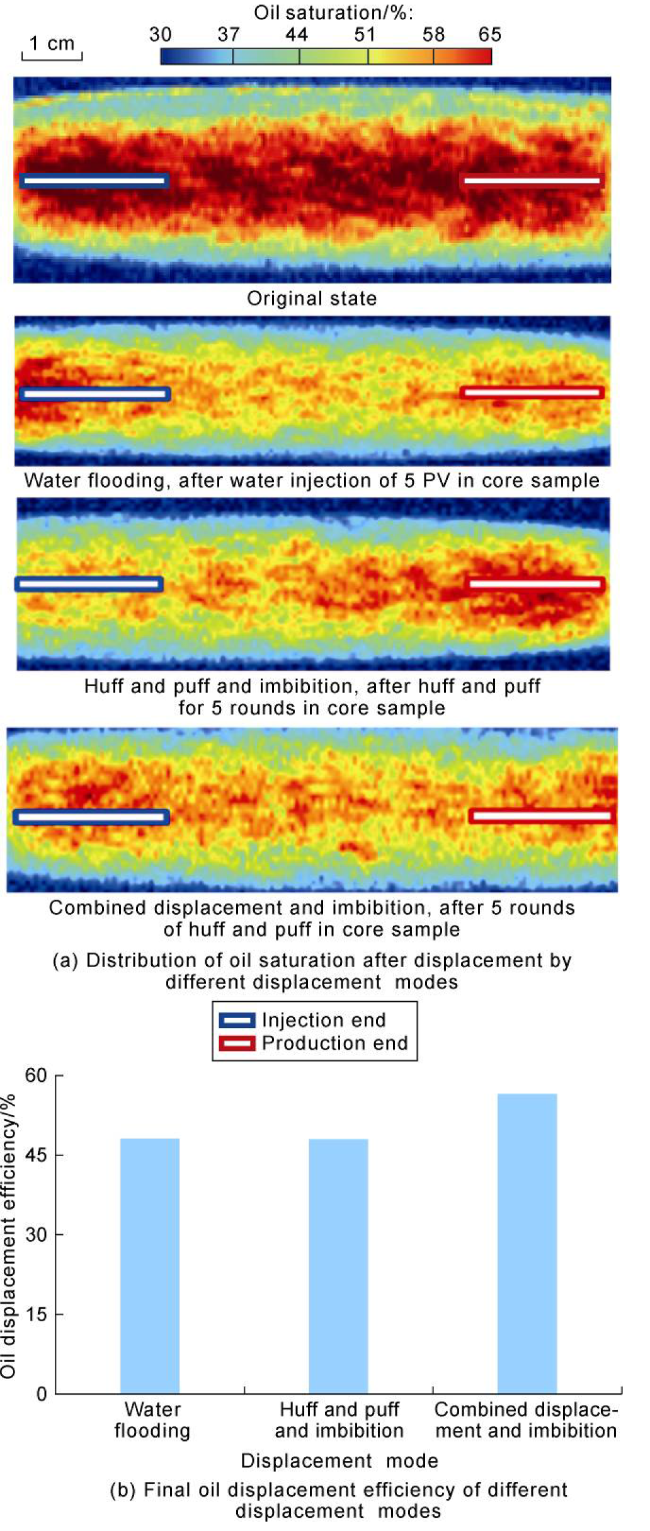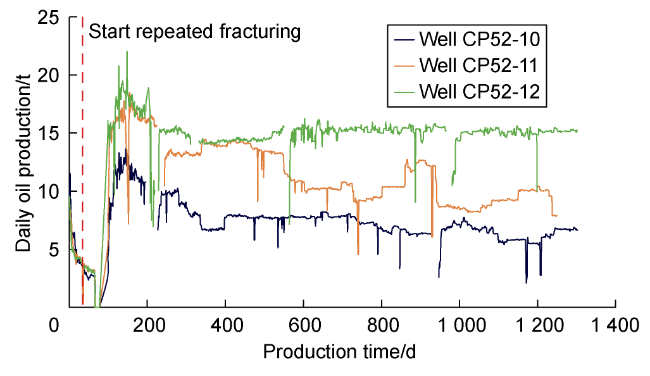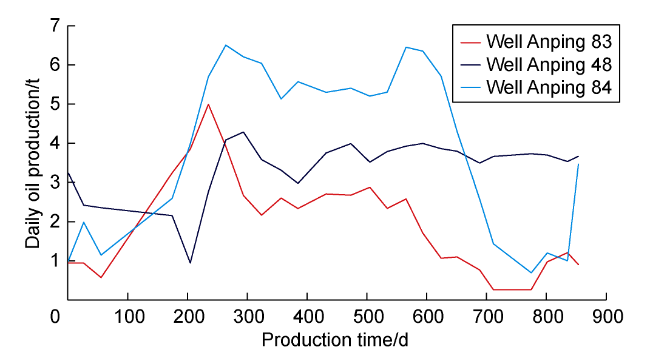An—characteristic area, m2;
C—flexibility model matrix;
Cdr—the fourth-order tensor of elastic drainage volume modulus, Pa;
CL—Carter filtration coefficient, m/s1/2;
d— distance between the centers of adjacent grids, m;
df—center distance between adjacent fracture units, m;
dn—characteristic distance, m;
Dn, Ds—normal and tangential displacement, m;
fL,i, fV,i—fugacity of component i in liquid and gas phase, Pa;
fx, fy—the first derivative of constant Green's function to x and y, m;
fxx, fxy, fyy—the second-order partial derivatives of xx, xy, yy of constant Green's function, dimensionless;
fxyy—the first derivative of constant Green's function to x and the second derivative of y, m−1;
fyyy—the third derivative of constant Green's function to y, m−1;
g—acceleration of gravity, m/s2;
g—gravity acceleration vector, m/s2;
gx, gy—the first derivative of linear Green's function to x and y, m;
gxy, gyy—the second-order partial derivative of linear Green's function to xy and yy, dimensionless;
gxyy—the first derivative of linear Green's function to x and the second derivative of y, m−1;
gyyy—the third derivative of linear Green's function to y, m−1;
G— shear modulus of elastic medium, Pa;
hL—height of filtration area, m;
Hfl—height of fluid in fracture, m;
i—carbon component number;
K—absolute permeability, m2;
Kf—fracture permeability, m2;
Kn, Ks—normal and tangential stiffness, N/m;
Krw, Krg, Kro—relative permeability of water, gas and oil, %;
Lint—length of fracture intersection line, m;
nc —number of carbon components;
pE—equivalent fluid pressure, Pa;
pw, pg, po—pressure of water, gas and oil phases, Pa;
q—fluid velocity in fracture, m/s;
qi—mass flow of carbon component i in unit volume, kg/(m3·s);
qw— mass flow of water phase in unit volume, kg/(m3·s);
Q— fluid flow rate, m3/s;
s—fluid flow distance, m;
Sw, Sg, So—saturation of water, gas and oil, %;
t0—the first time of fracture unit contacted with fracturing fluid, s;
Tf—conductivity of single fracture sheet, m3;
ux(x, 0-)—moving distance in negative direction along the fracture strike, m;
ux(x, 0+)—moving distance in the positive direction along fracture strike, m;
uy(x, 0-)—moving distance along the negative direction perpendicular fracture, m;
uy(x, 0+)—moving distance along the positive direction perpendicular fracture, m;
u—displacement vector, m;
Vc—unit-controlled volume, m3;
$\bar{w}$—average width, m;
x, y—rectangular coordinate system, m;
xi, yi—mole fraction of carbon component i in oil-gas two phases, %;
δ—second-order Kroneck operator;
ε—strain tensor, dimensionless;
εv—volume strain, which is defined as the trace of strain tensor ε in the flow equation;
μw, μg, μo—viscosity of water, gas and oil phases, Pa·s;
ρf—total density of fluid, kg/m3;
ρw, ρo, ρg—density of water, gas and oil phases, kg/m3;
σxx, σyy—components of normal stress in xx direction and yy direction, Pa;
τxy—component of shear stress in xy direction, Pa;


















